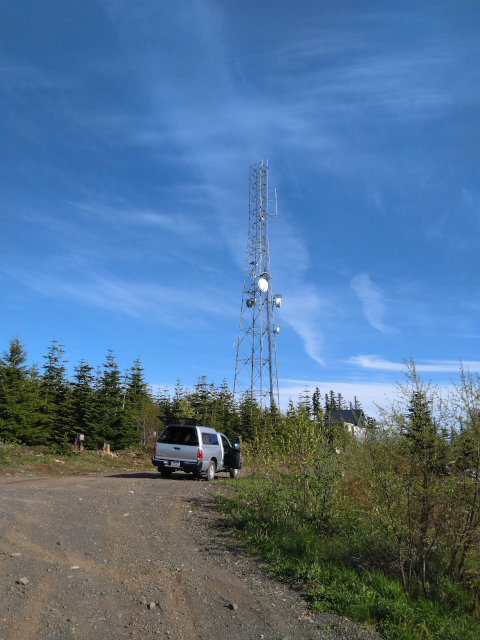Published at 07:50 on 3 July 2020
Let’s be optimistic and assume that Biden wins in November and is allowed to take office in January. If so, we may well be heading into a period of history which will later prove to have been a battle with a mostly phantom menace, one which let a real menace grow and fester.
The phantom menace would be the power of the political right to frustrate Biden’s agenda, and the real menace would be the continued dismantling of checks and balances against autocracy, particularly the continued growth of the imperial presidency.
On that latter point, what simpler and easier way to counter the opposition than for a Democratic president (one with a popular mandate behind him, unlike the opposition) to assert his prerogative to continue the decades-long growth of the power of the presidency at the expense of the other two branches of the Federal government? Obama did it, and in doing so unwittingly helped create the monster that is Trump.
Then there is the Senate and its antimajoritarian traditions to contend with. The Democrats chipped away at those during the Obama Era, too, only to bitterly regret it later. If the Democrats take the Senate (as they might) they almost certainly will not earn a filibuster-proof majority, so the temptation to dismantle the filibuster will then likely prove too great to resist.
We also have the threat of right-wing terrorism, or should I say the virtual certainty of it. The American right is an overall fascist political movement. Fascists believe in seizing power ruthlessly, and that nobody but themselves have any business being in power (or even are fully proper members of the nations they reside in). (One only has to consider the trope, long present amongst right-wingers, particularly rural ones, that they are the “real Americans” and theirs is the “real America.”) They also have guns, and lots of them. There is really only one logical takeaway from all this, and that is that they will start using those guns to fight those whom they believe unworthy of ruling the nation.
Right-wing domestic terrorism is already the dominant variety in the USA. Well, you ain’t seen nothing yet.
At that point, we will have a national domestic security crisis. The logical response to that will be to enact new measures aimed at targeting and suppressing the violent subversives.
Meanwhile, it is highly plausible that the Republican Party will continue to be a fascist party. Fascism of the Trumpist variety is still quite popular within its base, and it while it is possible that a big humiliation at the polls will prompt a recalculation (and the GOP falling into the hands of Never Trumpers), it is hardly certain this will be the case. Moreover, Trump is not an anomaly; the GOP had been trending fascist well before Trump came on the scene; reversing such a trend is going to prove harder than purging the party of one particular corrupt con-man’s influence.
A de-Trumpified GOP would be an improvement, mind you. It’s just that it would still be a danger; it would represent a return to the status quo ante Trump, and that status quo has been demonstrably shown to be vulnerable to a fascist takeover.
As such, another fascist presidency remains highly likely, and once it happens, odds are that president won’t be as incompetent as the current one is. (That incompetence has been the sole saving grace about Trump; Hitler, Mussolini, Franco, and so on were much more effective at consolidating power than Trump has ever been.) This gives us the worst of both worlds: a more competent and ruthless fascist taking the helm of a Republic whose guardrails have been further weakened, and with a package of anti-subversion legislation in his toolbox with which to use against the left.
What’s particularly perilous in all this is that there is not necessarily always an easy way out. Consider the Senate filibuster: absent dismantling it, it is likely that Biden will prove to be a failed president, unless he asserts unitary executive power to a degree that makes the dangers of scrapping the filibuster pale in comparison. And if Biden is a failed president, the most likely result is that fascism comes roaring back and liberty dies.
Thus, in the name of not going morally bankrupt today, a loan of political capital, one which makes going morally bankrupt in the future when it becomes due more likely, will be taken out.
All I can say is: Beware the phantom menace.



